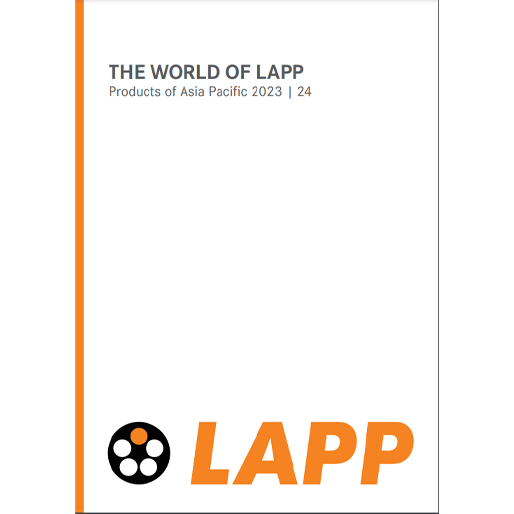UV-Resistant cables for outdoor use
What is a UV-resistant cable?
Light helps us to see the world with our eyes - in colours, from red to blue. Beyond the visible blue light, ultraviolet light radiates. It’s invisible to our eyes, but it can be quite painful if we lie on the beach for a day without protection. This is because it destroys the upper layer of our skin and can cause skin cancer in the long term. Other diseases such as cataracts or macular degeneration in the eye can also be caused by too much UV light. Hence the recommendation: Anyone who spends time in the sun should apply sunscreen and wear sunglasses.
Anything that damages our health is also not good for cables – they can also get “sunburn”. Not quickly, but over the years the high energy of UV light will disintegrate the sheath plastic and eventually attack the insulation of the cores. This can lead to short circuits and machines stopping, with people being endangered in the worst-case scenario. You can often see the damage with the naked eye, because the plastic bleaches out and becomes brittle and fragile. If you rub over it, bits fall off. But that’s dangerous, because the live conductor might already be bare underneath it.
Cables with extra sun protection are available for areas where there is UV light. They are usually black because the plastic contains soot. Soot absorbs the high-energy UV rays on the surface and converts them into heat. The cable therefore warms up and must therefore have a sufficiently high temperature range. However, the soot added to the sheath plastic has little to do with the undesired by-product that is emitted from smoke. Instead, industrial soot is used here, which is generated in optimised combustion processes. This enables the size, porosity and overall surface of the soot particles to be adjusted and optimised for use as UV protection.
Where are UV-resistant cables used?
In short, outdoors, where cables are exposed to direct sunlight. This can be the cable for the satellite dish or the cables that bring the power from photovoltaic modules into the house. Large industrial plants, such as in the chemical industry, are often located outdoors. Trucks, cranes and harvesting machines also need UV-resistant cables, as well as locomotives and the tracks they travel on.
It’s less well-known that strong UV light can also occur indoors. This is the case, for example, in the pharmaceutical industry, where devices are sterilised with UV light. This is because UV light kills microorganisms in water, food or outflow air. UV-resistant cables are also useful in these types of systems.
Which UV-resistant cables are available from LAPP?
As a global market leader for integrated connection solutions, we have a wide portfolio of UV-resistant products. This includes cables for transmitting power, control signals and data, as well as matching connectors and accessories such as cable glands and cable markings. Here is a small selection of LAPP cables:
The classic products in the LAPP portfolio include ÖLFLEX® cables. They are extremely robust and often also UV-resistant. Examples include ÖLFLEX® CLASSIC 400 P, ÖLFLEX® SERVO FD 798 CP or ÖLFLEX® FD 855 P. There are also many examples of data cables, such as ETHERLINE® SERVO DQ FD P Cat.5e is for the open SIEMENS DRIVE-CLiQ® system interface or HITRONIC® HQN 1500.
LAPP is a pioneer in cables for direct current applications and partner in the DC Industry2 research project. The company has produced the first cable specifically for direct current. The range is constantly growing, with the ÖLFLEX® DC ROBOT 900 as the latest addition. Its torsional and bending capabilities make it suitable for moving applications in robots, power chains or machine tools. The insulation of the cores is made of TPE, while the sheath is PUR. This means that the cable is halogen-free and suitable for areas where people are present, as in the event of a fire no corrosive vapours escape from the plastic. The material is also UV and weather-resistant, water-resistant and flexible at low temperatures.
The black SKINTOP® ST-HF-M Black cable gland was specially developed for high-UV radiation. It is often used in buildings or rail transport facilities.







